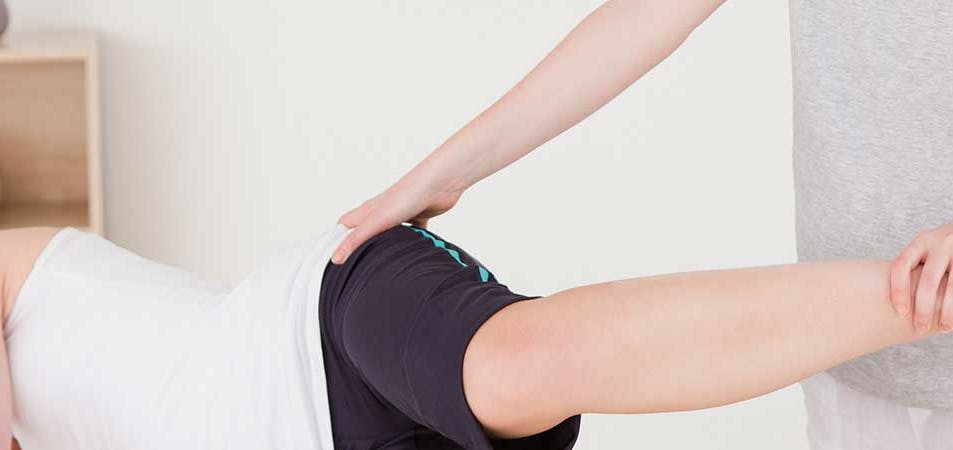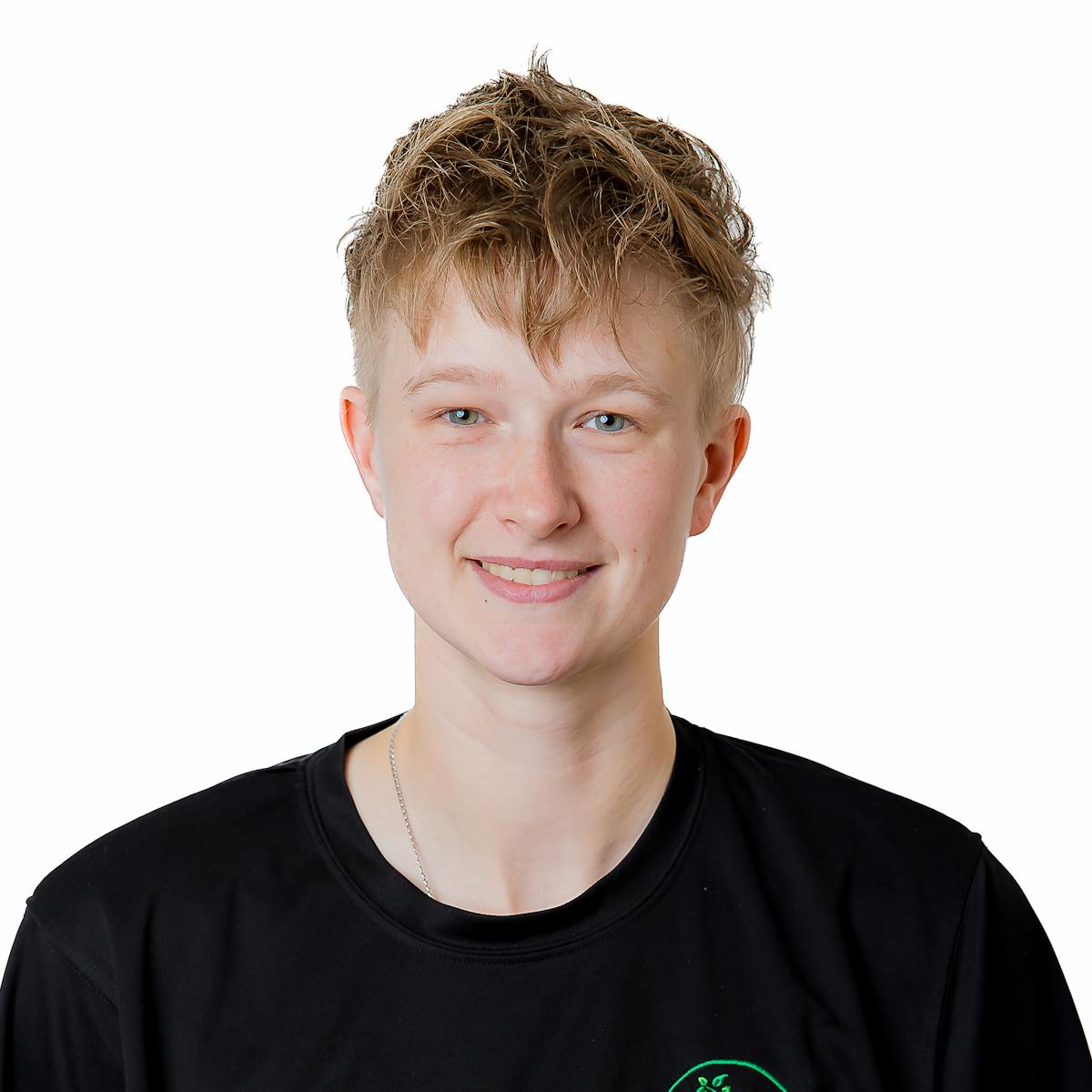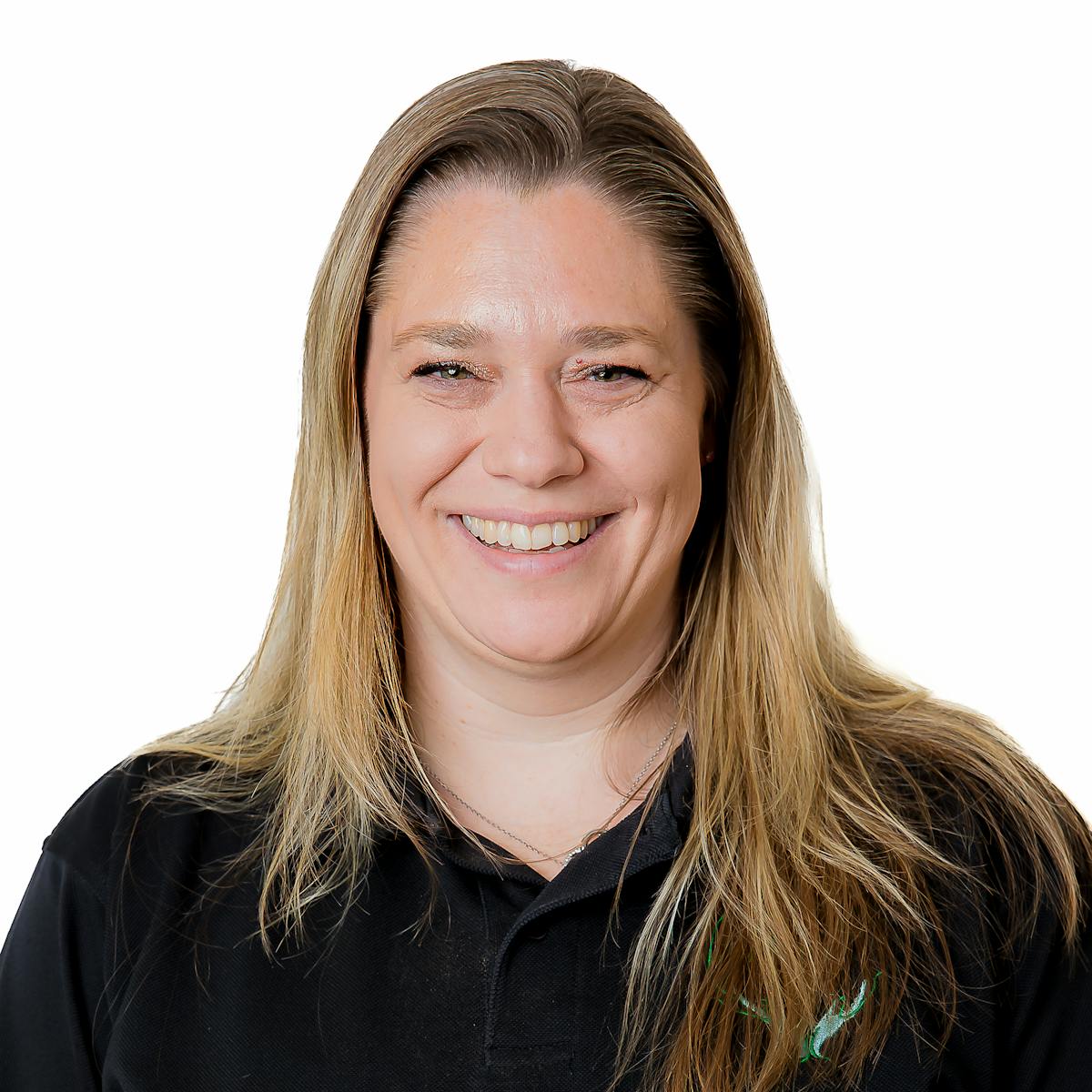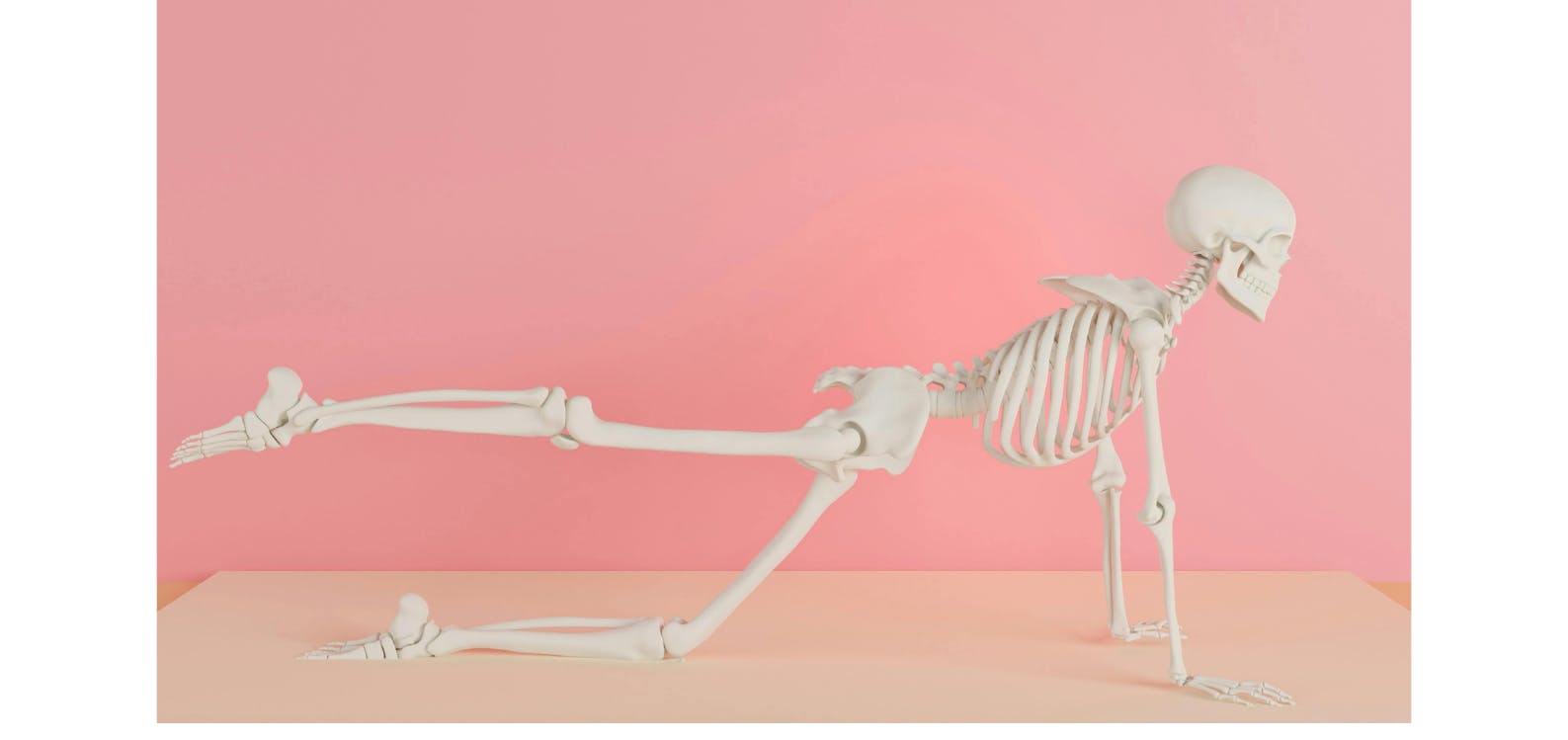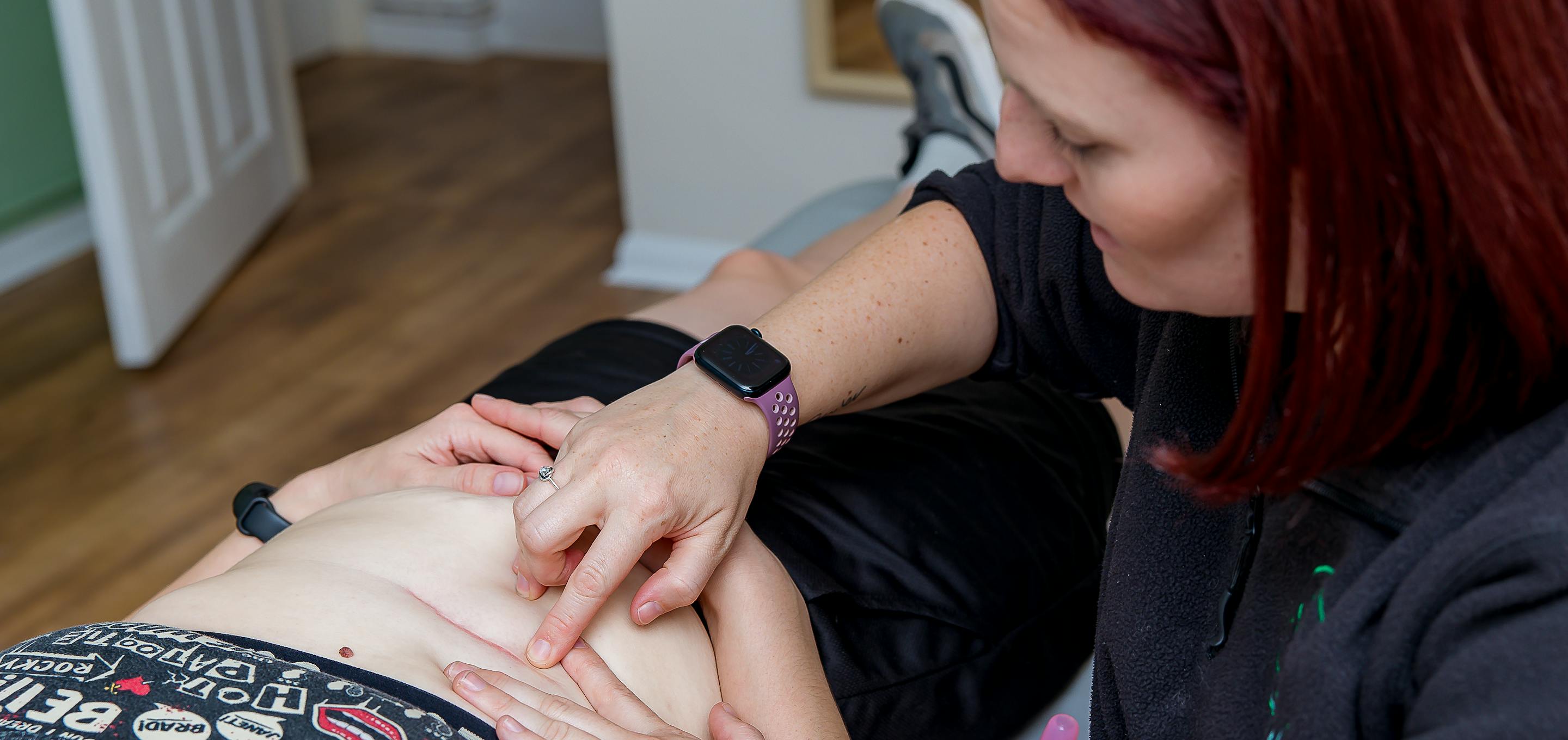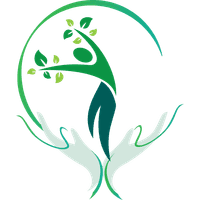When someone walks into clinic with lower back pain, which, let's be honest, is one of the most common reasons people do! My attention often goes straight to the joints below. Specifically, the hips and the sacroiliac joint - the small but mighty connection between your pelvis and lower spine.
Why? Because if the sacroiliac joint isn't moving as it should, your body has to find a way to compensate. The result is often muscle tension and guarding around the lower back as it works overtime to stabilise an area that isn't pulling its weight. In other words, the back may not actually be the original culprit - it's just shouting the loudest.
By improving mobility in the hips and encouraging healthy movement through the sacroiliac joint, we can give the lower back the opportunity to relax. It's about addressing the "why" behind the pain, not just the "where". That's why, in clinic, treatments often include a blend of soft tissue therapy, joint mobilisation, and tailored strength and conditioning exercises. These are all designed to restore movement, reduce irritation, and most importantly, help you feel more comfortable in everyday life.
So, what can you do at home? A few simple exercises can support hip and lower back health:
- Child's Pose - a gentle stretch for the spine and hips.
- Glute Stretch - helping to ease tension through the buttock muscles, which often get tight when the hips are restricted.
- Hip Swings - a dynamic movement to encourage mobility and wake up the muscles that support your pelvis.
Of course, movement should never equal pain. If you try these and find your symptoms worsen, stop and seek professional advice. Your body is unique, and pain is your way of saying, "something needs attention here."
At Ost Osteopathy, we're passionate about spreading the message the movement is medicine. By staying curious about where pain really comes from, and supporting you with inclusive, practical treatment strategies, we aim to help you move better, feel stronger, and live with less pain. That's where sports therapy really shines - working alongside you to improve mobility, reduce pain, and keep you doing the things you love.
Whether you are based in Sittingbourne or on the Isle of Sheppey, our experienced team is here to help you get back on track.
Frequently Asked Questions About Hip Pain
- How do I know if my back pain is actually coming from my hips?
Hip-related back pain often feels deep in the buttocks or groin, and may worsen with standing, walking, or sitting for long periods. A professional assessment from a Sports Therapist can help identify whether your hips are the main source. - Can poor hip mobility really cause lower back problems? Absolutely. When the hips don't move well, the lower back takes on extra work to compensate, often leading to stiffness, tightness, and eventually pain.
- What's the difference between hip pain and sciatica?
Hip pain usually stays localised to the groin, buttock or even the front of the thigh. Sciatica, however, is a nerve-related and often causes sharp, radiating pain that travels down the back of the leg. - Should I rest if my hips are painful?
Not necessarily. Gentle, controlled movement is usually far more beneficial than complete rest. The key is to find pain-free exercise that keeps the joints mobile and muscles active. Working with a Sports Therapist, Osteopath, or Physiotherapist will help build your exercise plan into more challenging but beneficial moves. - When should I see a professional about hip or back pain? If your pain is persistent, worsening, or affecting your daily activities, it's worth seeking professional advice. Early support can prevent small issues from becoming long-term problems.
At The Oast, we're proud to be an award-winning Osteopathy and Sports Therapy Clinic serving Sittingbourne and Sheppey. With your wellbeing at the heart of everything we do, we're here to support you on your journey to moving freely, living comfortably, and feeling your very best.
